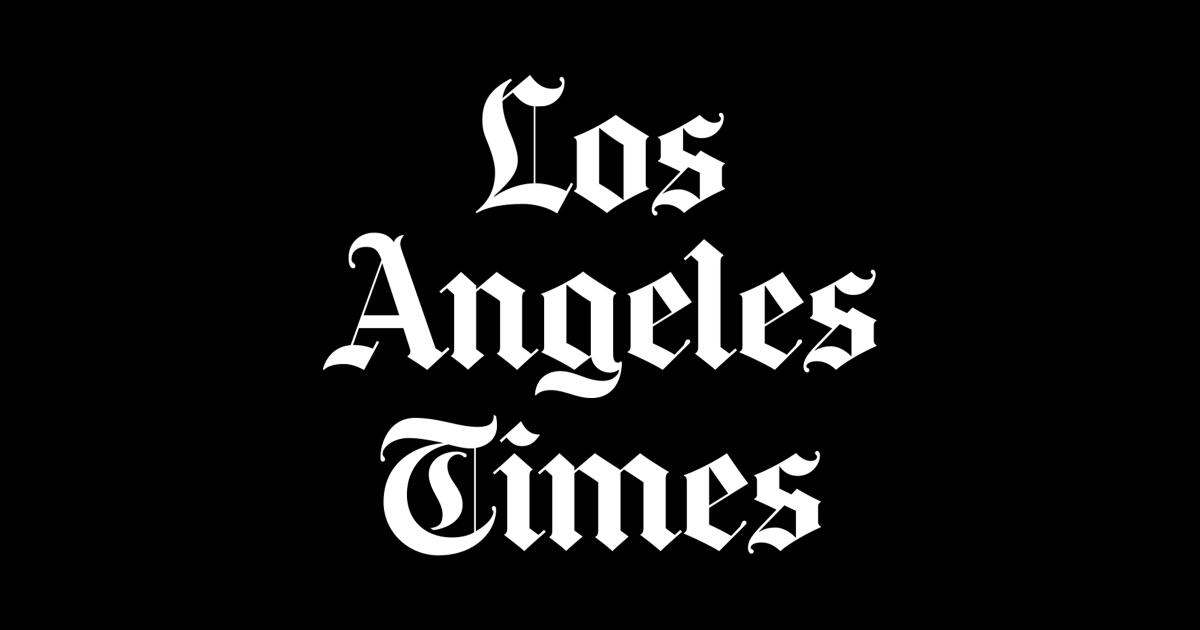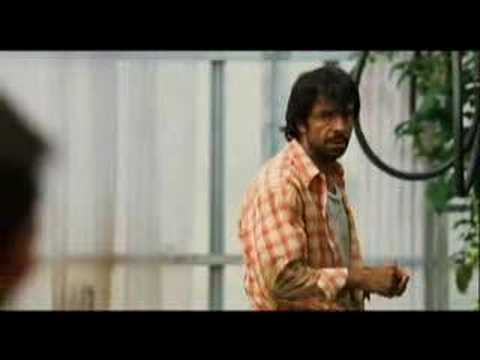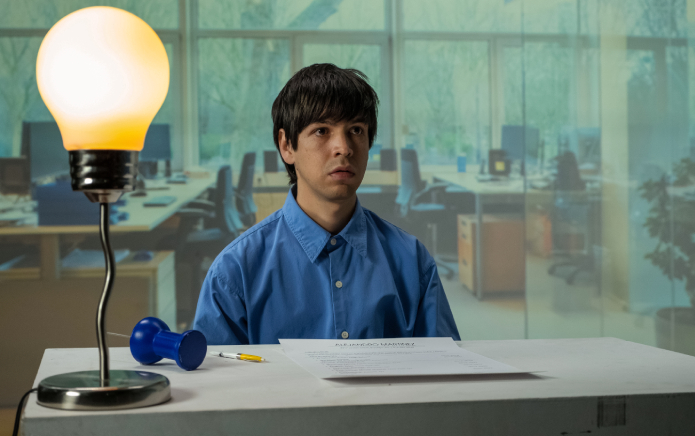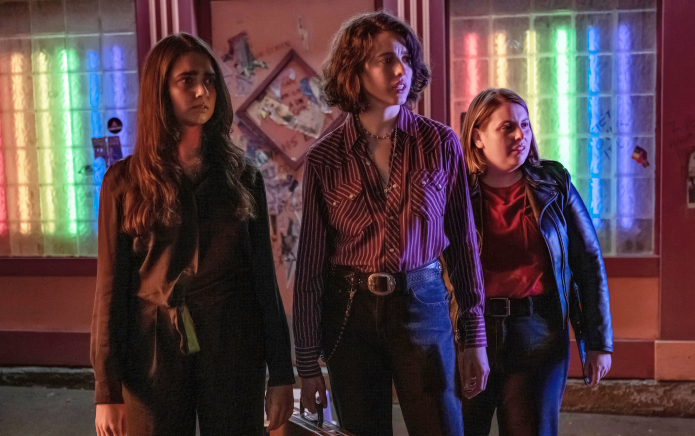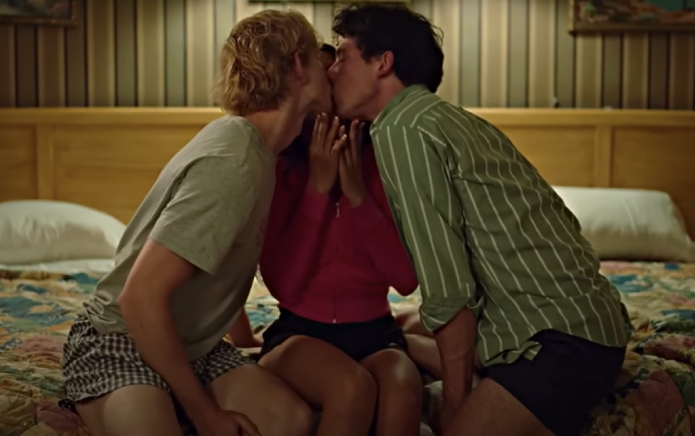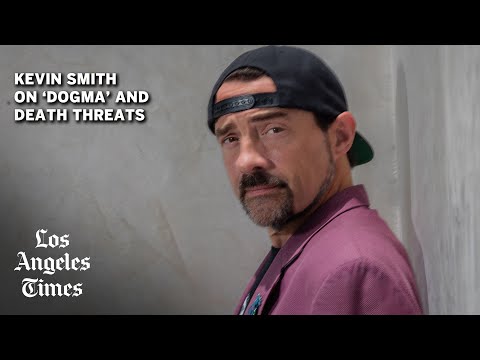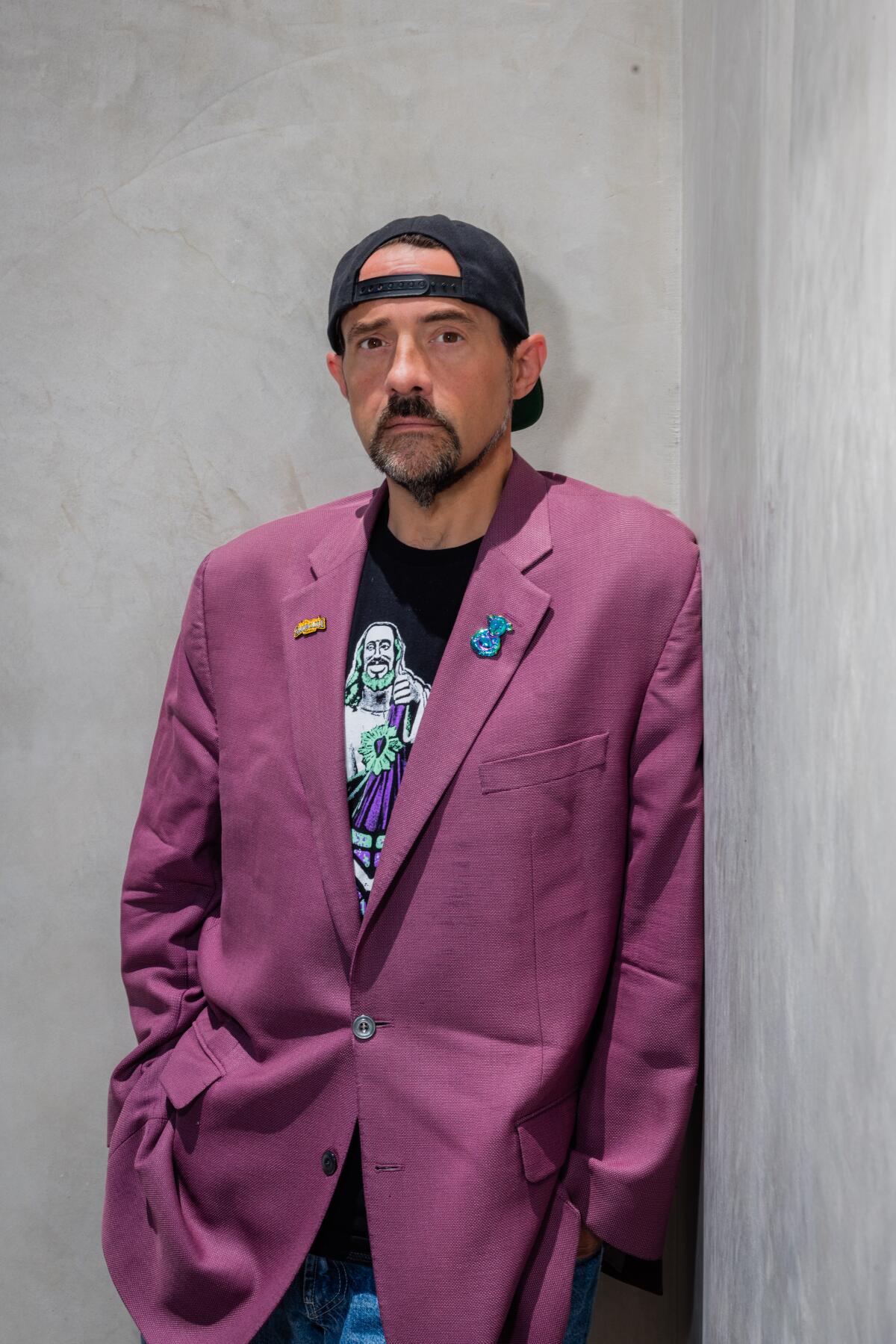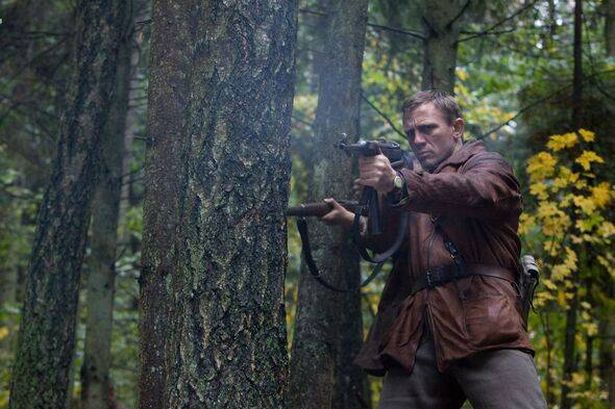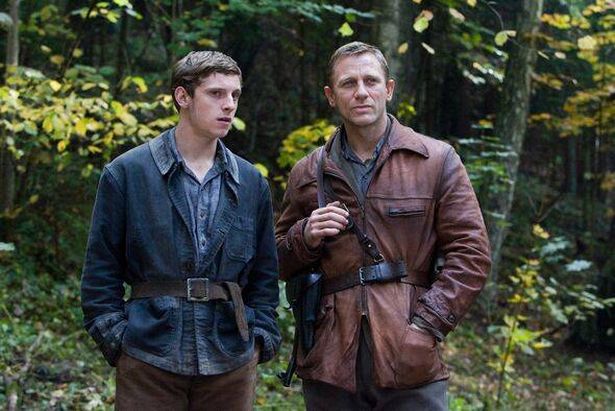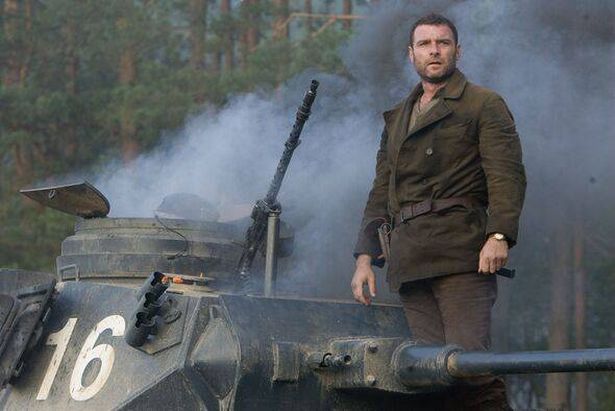President Ronald Reagan’s aides became accustomed to figuring out things for themselves, for he managed by indirection when he managed at all. Aides who had worked for more directive presidents found this disconcerting.
“He made no demands, and gave almost no instructions,” said Martin Anderson, a veteran of the Nixon Administration. Anderson thought Reagan’s management style odd but rationalized that it was “a small thing, an eccentricity that was dwarfed by his multiple, stunning qualities.”
And yet Anderson was bothered more by this “small thing” than he let on in his useful book “Revolution,” or maybe even more than he realized. It was Anderson who told me that when he returned to the campaign in 1980, after a long absence, he was not quite sure if Reagan realized he had ever been away. Others less self-secure than Anderson or less convinced of Reagan’s greatness were bothered even more by the way their leader distanced himself.
By keeping his emotional distance from the lives and struggles of his subordinates, Reagan was less affected by what happened to them than were presidents with closer relationships. It did not matter all that much to him who was in the supporting cast. Actors came and went in Washington as they had done in Hollywood and Sacramento, without altering his purposes or changing his conception of himself. Reagan remained serene in the center of his universe, awaiting his next performance.
While his distancing of himself from others may have been useful or even necessary for Reagan, it took a heavy toll among the entourage. Principal members of the Reagan team were misled by his manner or misled themselves into an expectation of friendship. They competed to be Reagan’s favorite person.
“Here he was, enormously successful in things that he had done, very confident, comfortable with himself, and a very likable man,” said White House aide Robert B. Sims. “And he had these other people who were mature adults, most of them successful in their own right–the George Shultzes, the Caspar Weinbergers, the Bill Clarks–who had done things on their own and been successful, but Reagan was always up there at a level above these advisers and they all seemed to want to get his favor.” Reagan did not consciously play these subordinates off against one another, as Franklin D. Roosevelt might have done. Instead, he bestowed approval in a general sense on all “the fellas” or “the boys,” as he was wont to describe his inner circle, while withholding his approval from any one of them in particular.
Republican congressional leaders found Reagan uninterested in political strategy, although he was always willing to place a call to a wavering congressman if provided with the script of what he ought to say.
What animated Reagan was a public performance. He knew how to edit a script and measure an audience. He also knew that the screenplay of his presidency, however complicated it became on the margins, was rooted in the fundamental themes of lower taxes, deregulation and “peace through strength” that he had expounded in the anti-government speech he had given in 1964 for Republican presidential candidate Barry M. Goldwater.
The Speech was his bible, and Reagan never tired of giving it. Its themes and Reagan’s approach to government were, as his friend William F. Buckley put it, “inherently anti-statist.”
But on other issues, especially when the discussion was over his head, Reagan’s participation was usually limited to jokes and cinematic illustrations. This is not surprising, as Reagan spent more time at the movies during his presidency than at anything else.
He went to Camp David on 183 weekends, usually watching two films on each of these trips. He saw movies in the White House family theater, on television in the family quarters and in the villas and lavish guest quarters accorded presidents when they travel.
On the afternoon before the 1983 economic summit of the world’s industrialized democracies in colonial Williamsburg, White House Chief of Staff James A. Baker III stopped off at Providence Hall, where the Reagans were staying, bringing with him a thick briefing book on the upcoming meetings. Baker, then on his way to a tennis game, had carefully checked through the book to see that it contained everything Reagan needed to know without going into too much detail. He was concerned about Reagan’s performance at the summit, which had attracted hundreds of journalists from around the world and been advertised in advance by the White House as an Administration triumph.
But when Baker returned to Providence Hall the next morning, he found the briefing book unopened on the table where he had deposited it. He knew immediately that Reagan hadn’t even glanced at it, and he couldn’t believe it. In an hour Reagan would be presiding over the first meeting of the economic summit, the only one held in the United States during his presidency. Uncharacteristically, Baker asked Reagan why he hadn’t cracked the briefing book, “Well, Jim, ‘The Sound of Music’ was on last night,” Reagan said calmly.
Nonetheless, Reagan’s charm and cue cards carried him through the summit without incident. By the third year of his presidency the leaders of the democracies were also growing accustomed to Reagan’s anecdotes and to his cheerful sermons about the wonders of the market system and lower taxes. They were awed at what they saw as his hold on the American people.
In the halcyon days of his presidency, Reagan seemed to have no need of briefing books. And even on those occasions when he read them, he was more apt to find solutions in the movies he watched religiously each weekend.
Sometimes the movies and the briefing books pointed in the same direction. By mid-1983, the U.S. and Soviet governments were beginning to emerge from the mutual acrimony that prevailed between them since the Soviet invasion of Afghanistan in Christmas week of 1979. Guided by Reagan’s impulses and George P. Shultz’s diplomacy, the U.S. government was beginning to explore what would ultimately become, after the ascension of Mikhail S. Gorbachev, a more optimistic and productive era in U.S.-Soviet relations.
But arms-control enthusiasts on Capitol Hill were skeptical about Reagan’s intentions toward the nation he had called “the evil empire.” The Administration had been able to persuade a swing group of moderate Democrats to join with Republicans in supporting limited deployment of the MX missile only after Reagan pledged that he would also diligently pursue arms-control opportunities.
On the first weekend in June, 1983, while Democratic support for the MX remained much in question, Reagan went to Camp David with a briefcase full of option papers on arms control. He made a few personal phone calls, scanned the material in the folders and put them aside. After dinner, Reagan was in the mood for a movie, as he usually was on Saturday night. The film that evening was “War Games,” in which Matthew Broderick stars as a teen-age computer whiz who accidentally accesses the North American Aerospace Defense Command–NORAD–and almost launches World War III. It was an entertaining anti-war film with a clear message, intoned in the movie by an advanced computer: The only way to win the “game” of thermonuclear war is not to play it.
Two days later, Reagan met at the White House with several Democratic congressmen who had backed the MX in exchange for the President’s arms-control commitment. He began the meeting by reading from cue cards tailored to congressional concerns. “I just can’t believe that if the Soviets think long and hard about the arms race, they won’t be interested in getting a sensible agreement,” Reagan said.
Then he put the cue cards aside and his face lit up. He asked the congressmen if any of them had seen “War Games,” and when no one volunteered an answer launched into an animated account of the plot. The congressmen were fascinated with Reagan’s change of mood and his obvious interest in the film. He said, “I don’t understand these computers very well, but this young man obviously did. He had tied into NORAD!”
